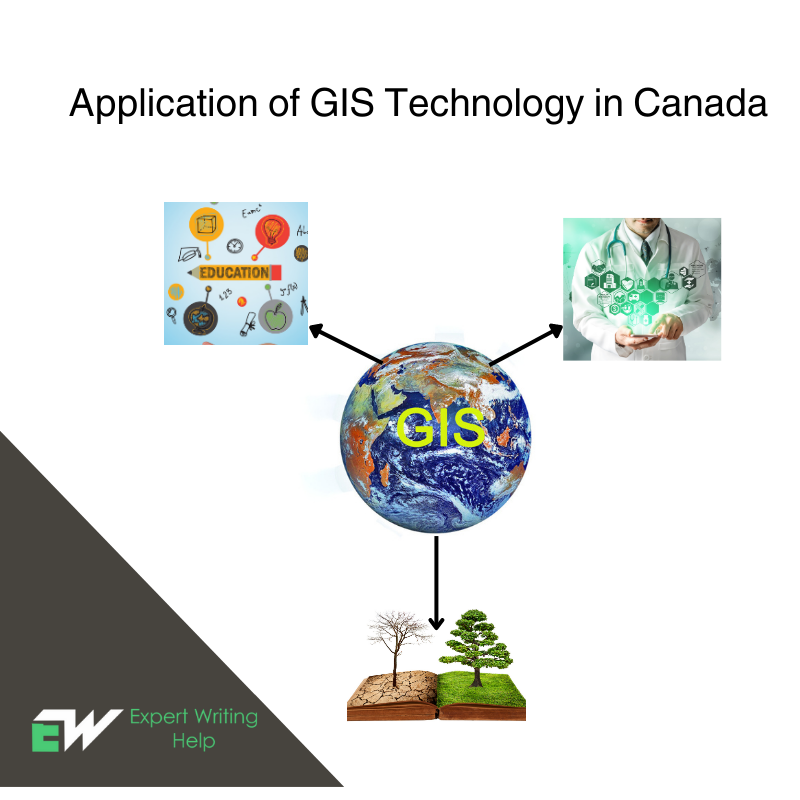
Illustration: Use of GIS Technology in Canada
Ever been curious about how maps come to life or how we use data to solve real-world problems right now? If so, let’s chat about something awesome happening in our era: Geographic Information Systems (GIS)! GIS is a powerful tool in the data world, capturing, storing, analyzing, and displaying spatial data (you know, data with a location).
It’s currently helping us uncover hidden patterns, trends, and relationships that we wouldn’t see otherwise. So, let’s dive into how GIS is transforming Canada for the better right now!
GIS in Education: Making Learning Fun!
GIS is totally revolutionizing the way we learn and teach in our time. It’s helping students visualize complex stuff like climate change, biodiversity, urbanization, and geopolitics, and promoting critical thinking, problem-solving, and teamwork.
Teachers are creating interactive maps, charts, and graphs to make their lessons super engaging. Check out these awesome GIS applications in education happening right now in Canada:
- Canadian Geographic Education website: Discover loads of free online resources, lesson plans, and activities that use GIS to teach geography and more. Enjoy games, quizzes, videos, and stories that’ll inspire you to learn more about Canada and the world.
- Esri Canada GIS Scholarships Program: Are you a student excelling in GIS-related research or community projects? Get funding, software, and training, and also explore the incredible work of previous scholarship recipients.
- Advanced Diploma in GIS Applications Program at Vancouver Island University: Enhance your career with hands-on training in ArcGIS software and spatial analysis techniques. Choose between an 8-month in-class program or a 16-month online program, both offering a work-study practicum.
GIS in Natural Resources: Saving the Planet, One Map at a Time
GIS is actively managing and conserving natural resources like forests, water, minerals, and wildlife. It’s monitoring their status, assessing potential and risks, and planning for sustainable use and protection. Plus, it’s supporting decision-making with reliable, up-to-date info and maps. Here are some notable natural resource-focused Canadian GIS applications:
- Canadian Forest Service: Access online tools and databases on forest health, fire management, climate change impacts, biodiversity conservation, and more.
- Canadian Hydrographic Service: Check out interactive maps showing water depths, currents, tides, hazards, and other features of Canada’s waters.
- Geological Survey of Canada: Explore online maps and data products covering geology, geophysics, geochemistry, and geochronology of Canada’s landmass.
GIS in Public Health: Mapping Our Way to Better Health
GIS is improving public health outcomes by mapping and analyzing health-related data. It’s helping identify health patterns and trends, evaluate health interventions, and communicate information to stakeholders and the public. Here are some public health-focused GIS applications already happening in Canada today:
- The Public Health Agency of Canada, which uses GIS to monitor and respond to infectious diseases outbreaks such as COVID-19, influenza and Lyme disease.
- The Canadian Institute for Health Information, which uses GIS to produce interactive dashboards and reports that show health indicators and performance measures across Canada.
- The Canadian Community Health Survey, which uses GIS to collect and disseminate data on the health status, health behaviors and health care utilization of Canadians.
Wrapping Up
GIS is a total game-changer in Canada right now, benefiting diverse sectors and communities. It’s helping us better understand our world, make informed decisions, and tackle problems that impact our lives.
More students are showing Interest in learning or pursuing a GIS career? However, GIS is a tough subject that requires a lot of learning hours to master concepts and ideas. Luckily, there are GIS homework help services tailored to assist you in your journey to become a GIS professional.
